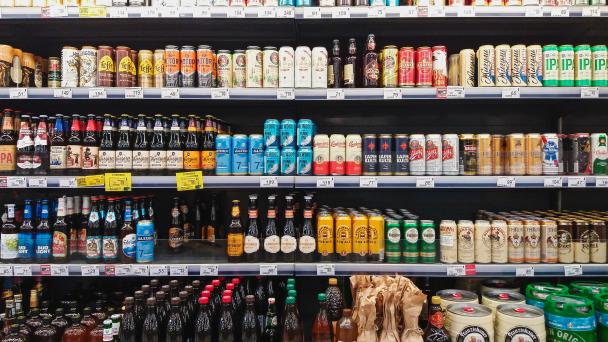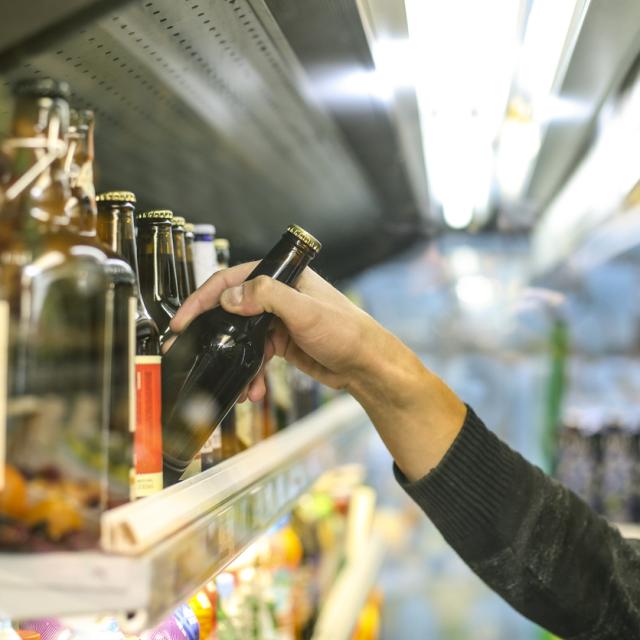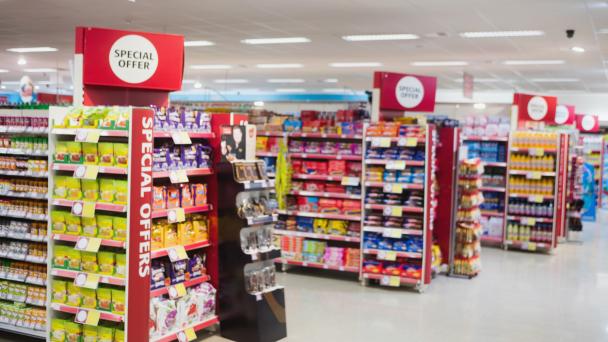An evaluation of effects on minimum unit pricing of alcohol


Significant proportions of the British population still drink alcohol at harmful levels. The UK government estimates that 10.8 million adults still drink too much. In 2022, the Health Survey for England found 32% of men and 17% of women drank at levels that put them at risk of alcohol-related harm. This has huge costs to society, such as alcohol-related crimes, lost workdays and lost productivity, and additional burden to the NHS.
Public health officials have warned that alcohol has become progressively cheaper over time. Households may also be spending more on alcohol that they drink at home. A major concern is the availability of especially cheap, strong alcohol in shops.
With these issues in mind, Scotland was the first country in the world to introduce a Minimum Unit Price for Alcohol (MUP). Legislation was first put forward in 2012, but considerable opposition to the policy meant a minimum price of 50p was not set until 2018. This meant that a unit of alcohol could not be sold under this price, thereby raising the cost of the cheapest, higher strength alcohol.
The Welsh Government followed suit through the Public Health (Minimum Price for Alcohol) (Wales) Act 2018. This came into force from March 2020, and was also set at 50p. Yet, despite growing evidence of the effectiveness of the policy in Scotland, it remains controversial for some, and to date has not been introduced in England or Northern Ireland.
Recent evidence from a suite of studies commissioned by the Welsh Government on the effects of minimum unit pricing in Wales adds important information to this debate. In the studies conducted by the National Centre for Social Research (NatCen), we carried out a longitudinal examination of the effects of the MUP in Wales: one being a qualitative study of retailers’ views and experiences of the policy between 2019 and 2024 and the other exploring changes in levels of alcohol purchases in households from household shopping data between 2016 and 2023, published together here.
The research is particularly important because it provides evidence that addresses several key questions.
First, it adds to the evidence that suggests a MUP is effective in reducing the availability and sale of cheap, high strength alcohol. Retailers told us their customers were buying less of cheap, high strength alcohol products from shops, that they stocked less of them, and in some cases stopped selling them altogether. Overall, there was also a statistically significant impact of the MUP on the number of alcohol units purchased by households in Wales compared to England. While alcohol purchases increased during the COVID-19 pandemic in both countries, the increase was less in Wales and declined more rapidly in Wales post-pandemic.
Second, it addresses some of the concerns raised to date about minimum unit pricing raised by retailers, especially ‘off-trade’ retailers, such as shops. For example, retailers were supportive of the policy, where they understood that it was one of several measures designed to reduce harmful levels of drinking among the general population. They were less supportive, where they mistakenly believed it was targeted solely at problem drinkers, where they thought the policy would have less impact. Contrary to the view that higher prices would lead to more shoplifting by problem drinkers, some retailers said they saw fewer ‘troublesome’ customers.
Third, retailers adapted to the policy well over time. They said that initial negatives – such as training costs, product wastage through being unable to sell off high strength alcohol at a discount near its use by date, and difficulties pricing special offers – declined. There was very little evidence for the need for enforcement of the MUP.
However, one issue that arose from the studies was the significant impact of unusually high inflation during 2023/24 on the continued effectiveness MUP. It appears that higher prices have in some cases outstripped the positive effects of a MUP set at 50p. In this context, the Scottish Government have increased the MUP in Scotland to 65p. Governments will, therefore, need to balance the level of the MUP during a cost-of-living squeeze with the benefits it brings in reducing harmful levels of drinking.

 Press release
Press release

 Press release
Press release
Receive a regular update, sent directly to your inbox, with a summary of our current events, research, blogs and comment.
Subscribe